
Photo
Evelyn Kittrell Sutton and Dolly Kittrell Simon began their musical career in 1939 when they won first prize on the Major Bowes Amateur Hour talent contest at the ages of 13 and 15. They were offered...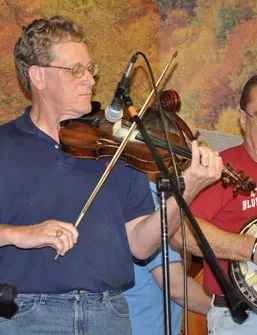
A type of country music ensemble that includes fiddle, banjo, acoustic guitar, mandolin, and upright bass. Emerged in the early 1900s and was an important precursor to bluegrass. During the late 1800s, the Carolina Piedmont provided fertile ground for the cultivation of a string band tradition that combined Scots-Irish fiddle and balladry with African instruments like banjo and European guitar and mandolin. String band music was social music, played at dances, contests, and other community occasions. String band musicians were storytellers, performing songs of tragedy and revenge, love and friendship. Much of this music, whether blues or string band, has deep roots in both sacred and secular themes, creating dynamic music with emotional and personal meaning.
Today it is played primarily in circles where old-time country music remains popular, such as family picnics, square dances, fiddle conventions, and jam sessions. Rooted in British ballads and folk songs originally played on the fiddle in Britain. Country music has been aggressively marketed since the 1920s, developing numerous traditions within genre – honky tonk, western swing, and early rock and roll.
Content is provided by McKissick Museum, University of South Carolina.
For further information about any of the artists featured on Digital Traditions, send your questions and comments to hallagan@mailbox.sc.edu.

Photo
Evelyn Kittrell Sutton and Dolly Kittrell Simon began their musical career in 1939 when they won first prize on the Major Bowes Amateur Hour talent contest at the ages of 13 and 15. They were offered...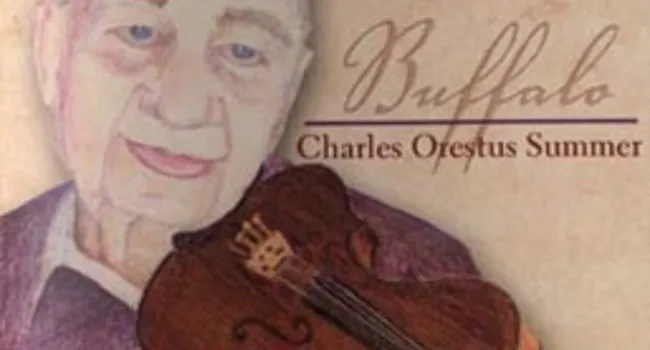
Audio
Buffalo. PRODUCED BY Hairy Toe Productions. 2005. Front cover artwork by Drew Deane. Recorded and mixed by John Fowler. Charles Summer - Fiddle & Vocal, Briggs Hamilton - Guitar, Nancy Hamilton - Bass...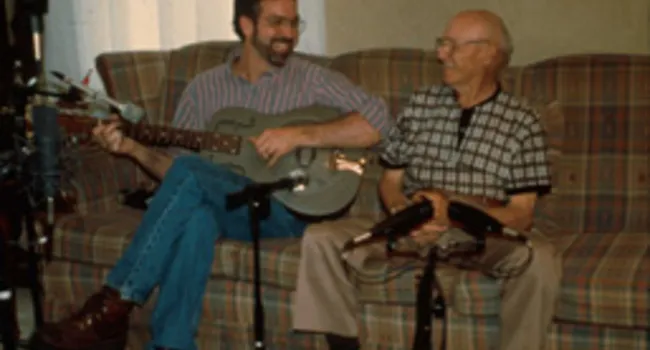
Audio
A Gary Davis standard. Steve on vocals and guitar with his father Slick on bones.
Audio
One of the popular instrumentals performed by the Pine State Playboys, spotlighting the musical talent of band members like Jimmie Colvard on steel guitar.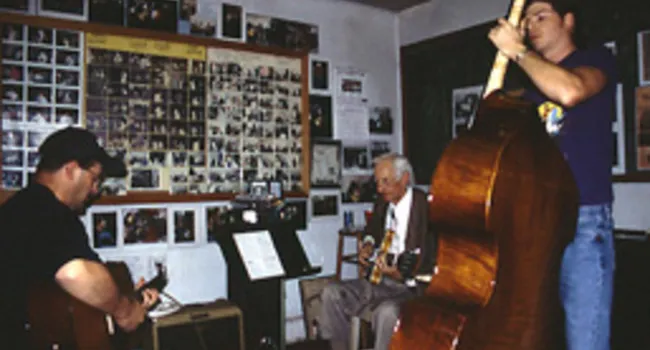
Audio
Original song written by Gene Wyatt, features Wes Wyatt on vocals.
Document
Audio transcript for Loyd & Steve McGaha
Photo
Loyd “Slick” McGaha epitomized the essence of a traditional performer and nicely encapsulated the traditions of South Carolina as well. Slick learned to play “bones,” a traditional rhythmic technique...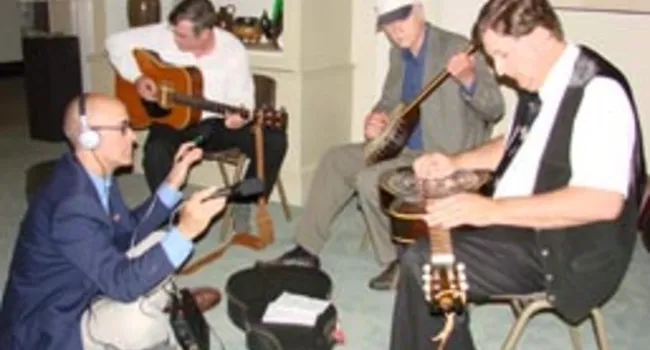
Audio
Ralph Smith on guitar and vocals, accompanied by his father-in-law Shelah Laws. Recorded and transferred by Alda Smith.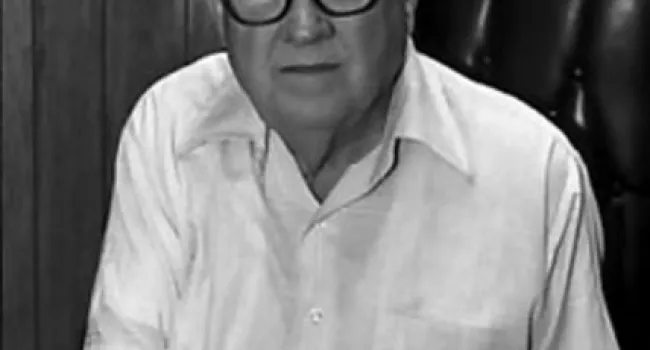
Audio
J.R. Wilkie, McCormick (McCormick County) realtor who was a musician prior to WWII. Interview conducted by Anne Kimzey.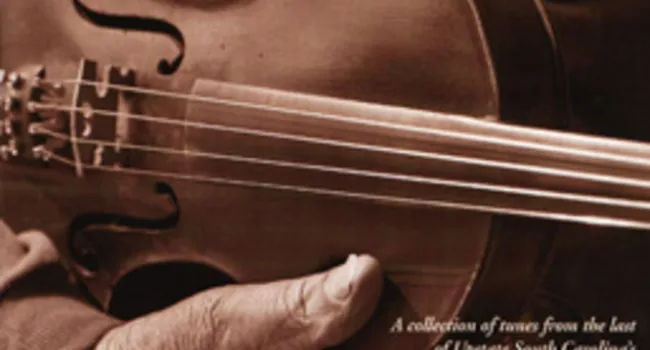
Audio
Charles Summer This is a fast paced fiddle tune with other string instruments in the background